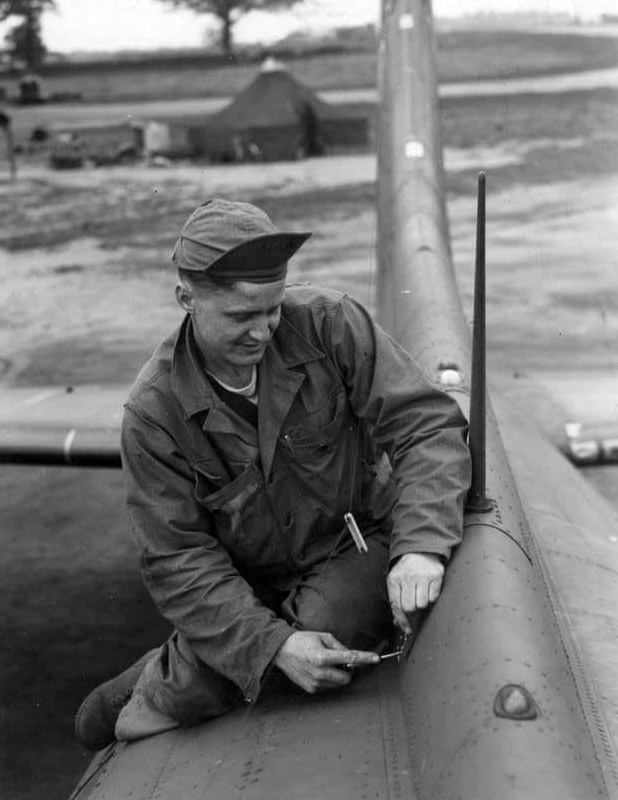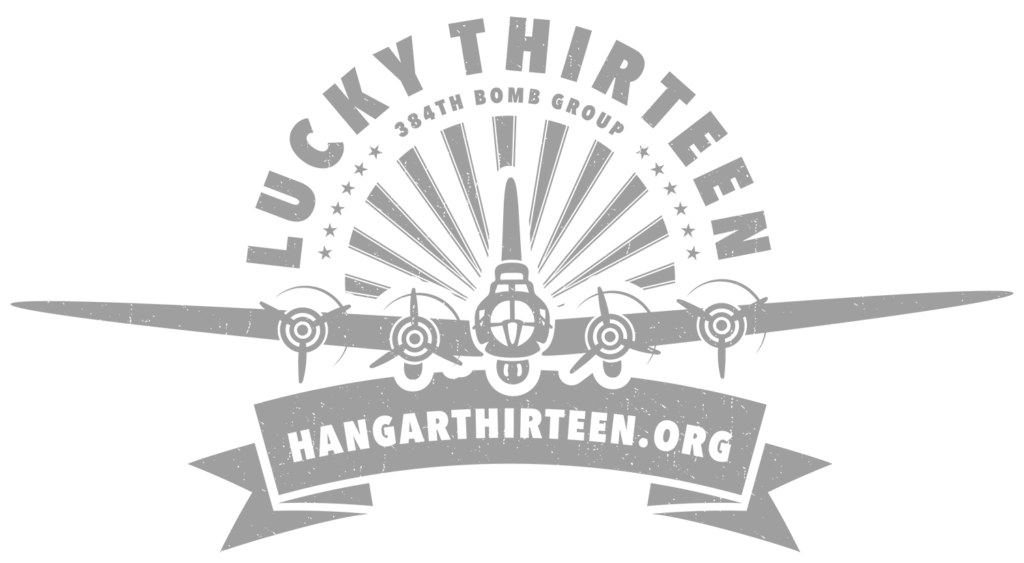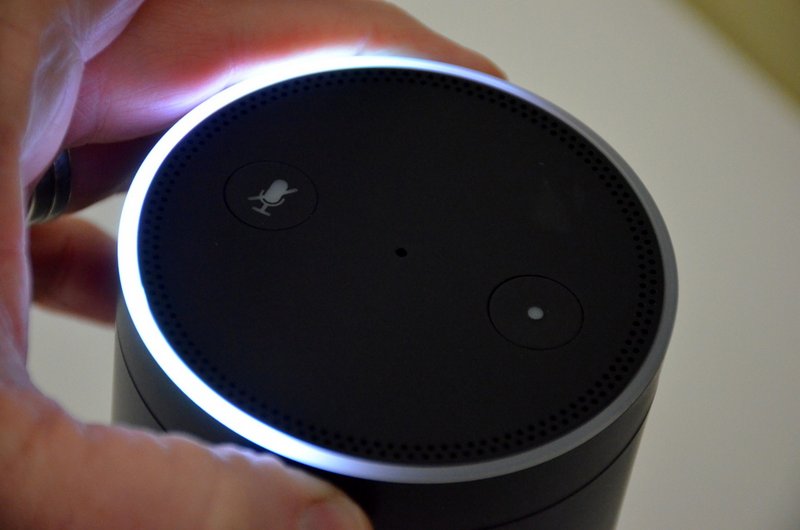
SSGT Roland Downs adjusts the radio mast on Heaven’s Above (42-97328, 388BG) [Photo source: Hangar Thirteen]
Many thanks to
SWLing Post contributor, Charlie Liberto (W4MEC), who shares the following:
Perhaps you could post somewhere a general call for anything WW II related that went into a B17F.

This website: http://hangarthirteen.org/ under the ‘Parts Drive‘ menu, lists the many things that will be sought after for the next few years. There might be those who monitor your site that have some of this just stored away, not knowing what to do with it or what will happen to it.
Ray is basically taking what was remaining, inspected, and approved as air worthy from this ditched plane, and building the aircraft to hook all the pieces together.
WOW! What an amazing project, Charlie!
I must say, Lucky Thirteen is in good hands.
Hangar Thirteen has chosen the best vintage radio restoration expert for the job! I’ve known Charlie for many years and not only is he an expert at restoring vintage gear, but he’s passionate about WWII era Signal Corps equipment. He brought my BC-348Q to life and patiently showed me how to align it. He also restored my Minerva Tropic Master and helped me fix the 3rd band selection on my beloved Scott Marine SLRM.
Charlie, I’ll certainly keep an eye out for the these components when I visit hamfests and will contribute anything I find or might have tucked away.
Post readers: If you happen to have any items needed in their list, please consider contributing it to the project and help this B-17F eventually have a fully-functional radio position. Of course, Hangar Thirteen is also in need of other aircraft parts–click here to check out that list.
I’ve copied and pasted (below) the list of needed radio components at time of posting. Please check out the Hangar Thirteen website for the most up-to-date list:
BC-347 Amplifier
BC-366 Jack Box x8-10
PE-86 Dynamotor
FT-161 Beacon Mount
BG-81 Bag
BC-433 Radio Compass
BC-434 Compass Control Box x2
BK-22 Relay
I-81 Pilot’s Compass Indicator
BC-442 Relay
BC-451 Transmitter Control Box
BC-456 Modulator (with DM-33 Dynamotor)
FT-220 Receiver Rack Mount
FT-221 Receiver Shock Mount
FT-222 Receiver Control Box Mount
FT-225 Modulator Mount
FT-226 Transmitter Rack Mount
FT-227 Transmitter Shock Mount
FT-228 Transmitter Control Box Mount
FT-229 Relay Mount
BC-306 Antenna Tuning Unit
BC-461 Trailing Antenna Control
F-10 Trailing Antenna
FT-107 Dynamotor Mount
FT-115 Liaison Transmitter Mount
FT-151 Liaison Transmitter Mount
FT-142 Antenna Tuning Unit Mount
FT-154 Liaison Receiver Mount
J-37 Tuning Key
PE-73 Liaison Dynamotor
RL-42 Antenna Reel
TU-5 Tuning Unit (1500-3000)
TU-6 Tuning Unit (3000-4500)
TU-9 Tuning Unit (7700-10000)
TU-22 Tuning Unit (350-650)
TU-26 Tuning Unit (200-500)
BC-778 Transmitter
BG-155 Bag
M-278 Balloon x2
M-308 Signal Lamp
M-315 Generator Canisters x2
M-357 Kite
M-390 Parachute
W-147 Wire
Please contact Hangar Thirteen if you can help.









